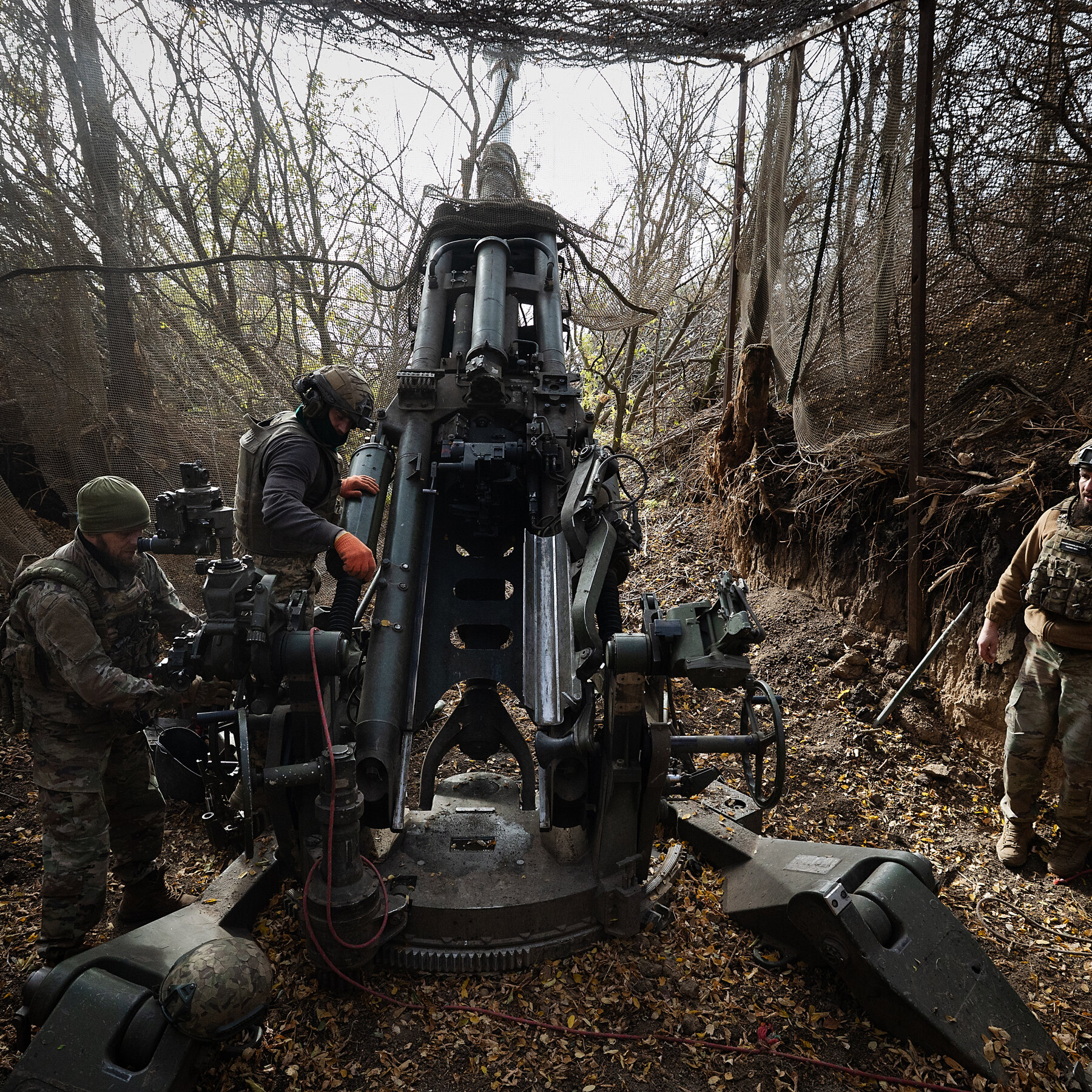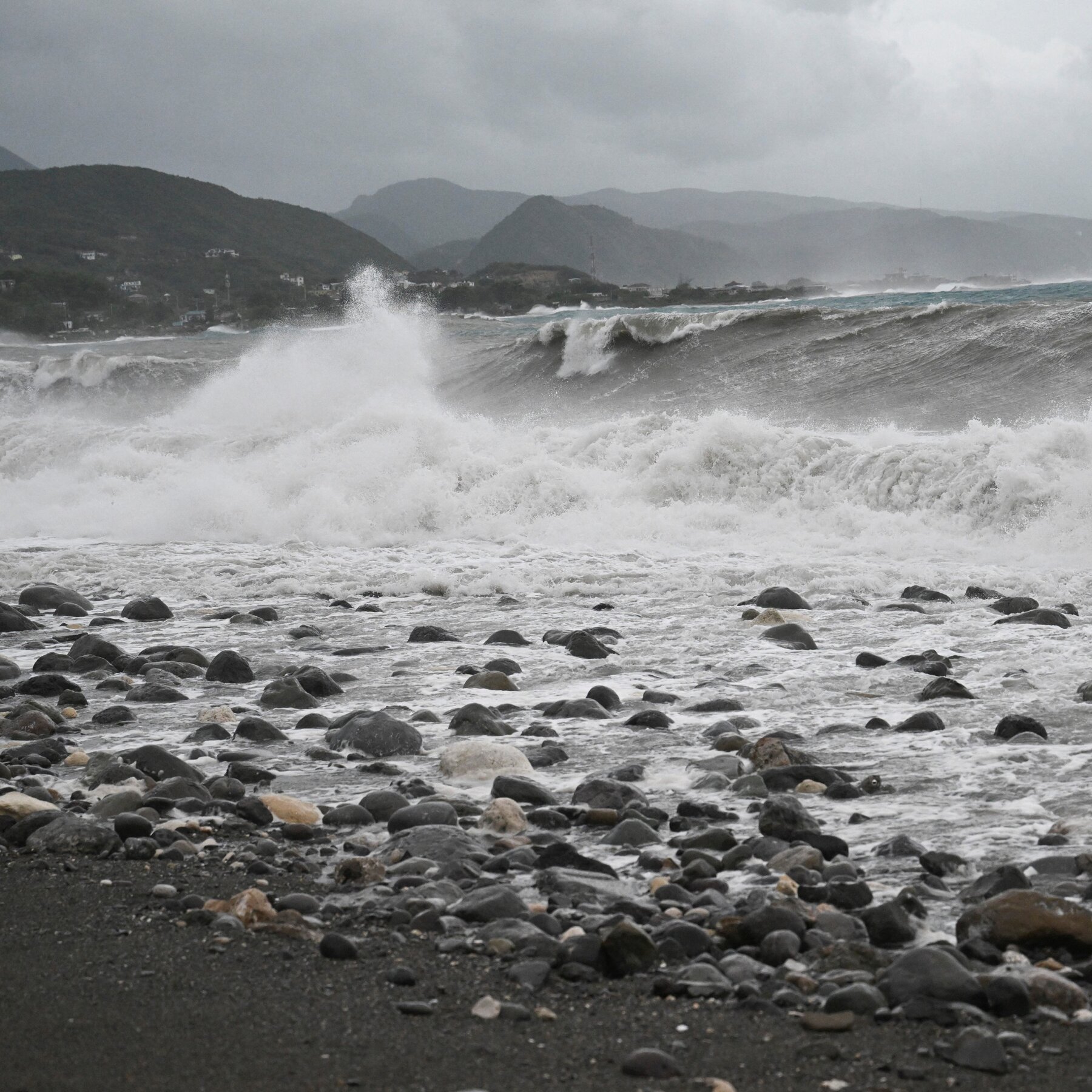Northern Lights Dazzle U.S. Skies as Far South as Alabama
Solar Storm Sparks a Spectacular Display
After a powerful burst of solar wind erupted from the Sun, fast‑moving charged particles slammed into Earth’s upper atmosphere, igniting a brilliant auroral display that stretched from the northern states down to the Gulf Coast.
From Alaska to Alabama
Residents in Alaska, the Upper Midwest, and even the Deep South reported vivid curtains of green and violet light rippling across the night sky. In Alabama, where auroras are a rarity, observers described the phenomenon as “a surreal, shimmering veil that seemed to dance above the pine forests.”
Why the Lights Were So Bright
The intensity of the show was driven by a coronal mass ejection that arrived at Earth within 24 hours of the solar flare. As the particles collided with oxygen and nitrogen molecules high above, they released energy that manifested as the familiar green hue, with occasional splashes of red and purple.
Tips for Future Viewers
If you want to catch the next aurora, keep an eye on space‑weather alerts from NOAA’s Space Weather Prediction Center. Clear, dark skies away from city lights offer the best viewing conditions, and a simple smartphone app can help you locate the auroral oval in real time.
Scientific Significance
These low‑latitude auroras provide valuable data for scientists studying the Earth’s magnetic field and its interaction with solar activity. Each unexpected sighting helps refine models that predict how future solar storms might impact satellite communications and power grids.






